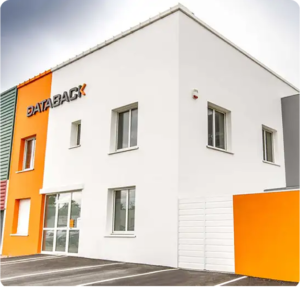
How RAID 1 works: mirroring
A RAID 1 system consists of a cluster of at least two hard disks, preferably of identical storage capacity. These disks operate with perfect redundancy, without parity blocks (unlike RAID 5), on a mirroring principle: during write operations, data is duplicated and written simultaneously to each of the disks in the cluster, instead of being distributed in bands between them (as is the case with RAID 0, for example) .
Because of this storage principle, the capacity of RAID 1 is equivalent to the capacity of the smallest hard disk in the cluster. Any surplus storage space on higher-capacity disks will therefore remain unused. Mirroring also has an impact on write speed, which is reduced to that of the slowest disk in the cluster. Reading speed, on the other hand, is improved by data redundancy and is virtually equivalent to that of the fastest disk.
While the usable capacity of a RAID 1 system remains limited, its fault tolerance increases with the number of “mirror” disks it contains and the resulting data redundancy. RAID 1 therefore offers high availability and a high level of security for data protection. Total redundancy, however, comes at a high financial price, since system capacity does not increase with the number of disks. RAID 1 is therefore unsuitable for backing up large volumes of data.


















